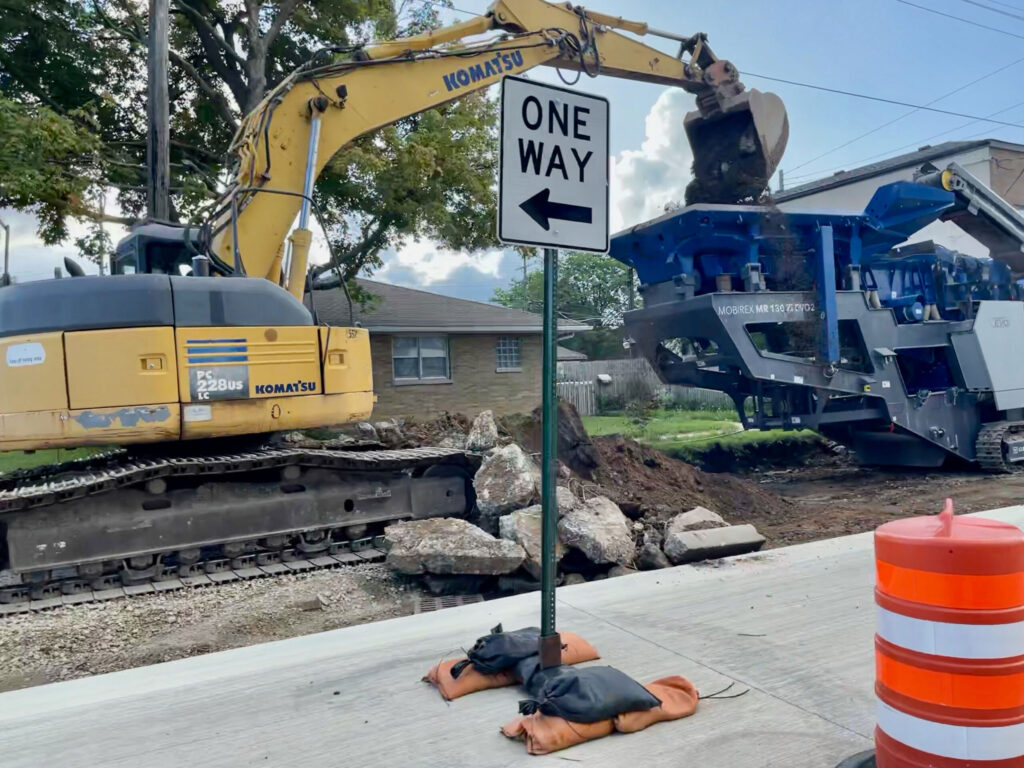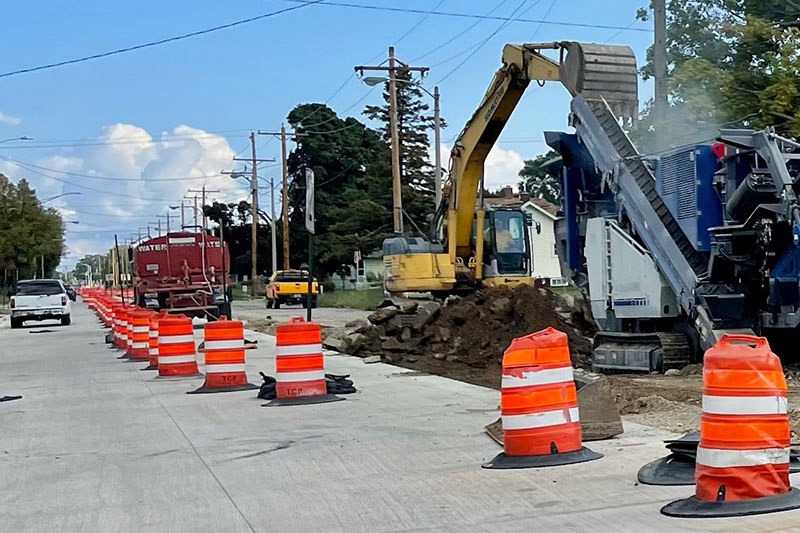With a new road construction season underway, Kenosha County Highway Director Clement Abongwa urges drivers to slow down and pay attention in work zones.
This week — April 11-15 — is Work Zone Awareness Week, as designated by federal, state and local transportation agencies.
“It’s important to drive safely all year, of course, but this week is a good reminder of the things you can do to help keep our highway workers safe,” Abongwa said. “Following work zone speed limits, putting down your phone and avoiding other distractions can go a long way in preventing accidents.”
Abongwa’s advice is in keeping with this year’s National Work Zone Awareness Week theme, “Work Zones are a Sign to Slow Down.”

Wednesday (April 13) is “Go Orange Day,” during which people are encouraged to wear something orange in support of highway safety. Social media pictures and posts using the #OrangeForSafety hashtag are welcome, but please always refrain from using electronics while driving, Abongwa noted.
In Wisconsin, work zones include major highway construction and rehabilitation, maintenance, emergency response, utility work, municipal projects and more — any time there are flashing lights, signs, barrels, or workers on the road.
Over the past five years, there have been more than 12,000 crashes in Wisconsin work zones causing 62 deaths and more than 4,700 injuries.
“Any time you’re driving, and especially in work zones, it’s important to expect the unexpected,” Abongwa said. “Consider that a car driving 60 mph travels 88 feet per second. And the faster you’re going, the longer it takes to stop.”
Emergency and work zones are protected by Wisconsin laws that aim to keep workers safe. Fines double in construction zones, and handheld cellphone use is banned. A new state law that took effect in December 2021 extends these protections to areas surrounding emergency response vehicles with flashing lights.

PHOTO: JEFFREY ZAMPANTI
Abongwa also reminds drivers of the state’s Move Over Law, which requires drivers to shift lanes or slow down to provide a safety buffer for a law enforcement squad, ambulance, firetruck, tow truck, utility vehicle, or highway maintenance vehicle that is stopped on the side of the road with its warning lights flashing.
“We ask that drivers do everything they can to keep highway workers and first responders safe and ensure that they can get home to their families at the end of the day,” Abongwa said.
Some more safety tips from the Wisconsin Department of Transportation:
- Eliminate distractions like eating, drinking, talking on the phone or fiddling with electronic devices.
- Expect the unexpected in work zones. Speed limits may be reduced, traffic lanes may be changed, and people and vehicles may be working near the road.
- Give yourself room. Rear-end collisions are the most common work zone crashes, so do not tailgate.
- Look for signs. Orange, diamond-shaped signs usually give ample warning of lane closures, construction areas, and flaggers and other workers ahead.
- Be patient. If you don’t see workers, that doesn’t mean they’re not there. Observe the signs until you see one that says you’ve left the work zone.
- Plan ahead. Leave early or map out an alternative route. Find the latest road conditions and work zone news at https://511wi.gov.
- Follow the law — slow down and move over, if possible, when you see flashing lights.
- Consider turning off your phone until you reach your destination.
- If you have to make a call, find a safe place to pull over and stop, such as a wayside or gas station.
Learn more at http://wisconsindot.gov/Pages/safety/education/workzone/default.aspx.












